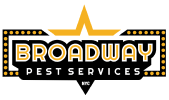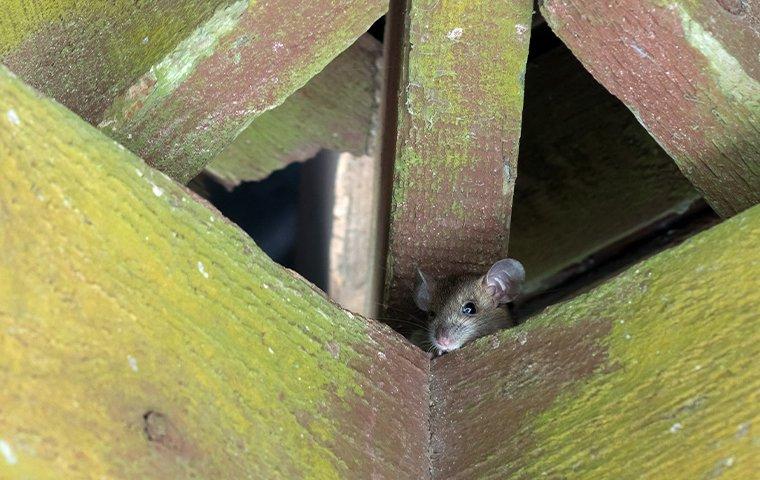Roof rats, also known as ship rats and house rats, and more formally as black rats, are known for being skilled climbers – whether that’s scaling mountains, buildings, or homes. Once they’ve made it to the rooftop, they’ll scurry around up there in search of an opening to enter your attic or the upper level(s) of your New York home or business.
Inside, they’ll look for dark, undisturbed places to nest, such as the void between walls and above the ceilings. The footsteps of these rodents scampering about may be heard overhead, especially at night. Read on for more about roof rats and how to distinguish them from other rodents, the dangers of roof rats, and rat control tips to keep them at bay.
ROOF RATS – HOW CAN I IDENTIFY THEM?
Roof rats have a pointed nose, large eyes and ears, and a skinny, scaly tail that is longer than the length of their bodies. They have soft, smooth fur that is brown or black and measure about 40 centimeters long, excluding the tail. Roof rats can typically be distinguished from other rats by their light-colored underbellies.
Roof rats prefer to feed on seeds and nuts, which they collect and stash, as well as fruit, snails, and slugs. But roof rats aren’t picky, and they’ll feed on anything available to them, especially high sources of protein from foul sources such as meat scraps, animal carcasses, and pet food.
DANGERS OF ROOF RATS
Roof rats, like many other rodents, can spread disease and destroy property. Although their go-to food isn’t garbage and debris, there’s potential for them to retrieve bacteria from these foul sources, and they are commonly known to eat what’s available to them. The bacteria spread when the rats contaminate surfaces and food sources with their saliva and fecal matter. Among the diseases that roof rats are associated with are salmonellosis, rat-bite fever, murine typhus, plague, trichinosis, leptospirosis, and toxoplasmosis, all of which pose harm to humans.
Like all rats, roof rats can also cause extensive damage to your property. Roof rats are known to chew through walls, including insulation and electrical wiring, requiring all sorts of costly repairs for homes and businesses.
TIPS ON PREVENTING ROOF RATS
It can be challenging to prevent roof rats on your own, so the best choice of action is to call the professionals at Broadway Pest Services to eradicate the issue quickly and seamlessly. But to prevent roof rats from returning in the future, here are a few suggestions:
- Use chimney covers. To prevent roof rats, you’ll need to secure your home from above—as well as from below. Using a chimney cover will offer an additional shield against these rodents.
- Seal all cracks and openings. Roof rats can squeeze themselves into openings as small as the size of a quarter. Repair all cracks with silicone caulk, especially gaps of this size and more significant.
- Regularly trim trees and shrubs. Roof rats commonly find their way into the attic or upper levels of a home or building by climbing up the trunk and onto the limbs and branches of nearby trees. Keeping trees and shrubbery trimmed and maintained, which includes eliminating tree limbs or branches that hang overtop the roof, will eliminate one of the top ways that roof rats access homes.
- Because these skilled climbing rodents are spreaders of disease and destroy homes, properties, and businesses, it is essential to call for professional rodent control. The fastest and most seamless way for homeowners to resolve a roof rat infestation, or a rodent infestation of any kind, is by contacting Broadway Pest Services. Our pest control offers specific control plans and includes a check-in after 14 days of initial treatment to ensure our treatment efforts are doing their job.


